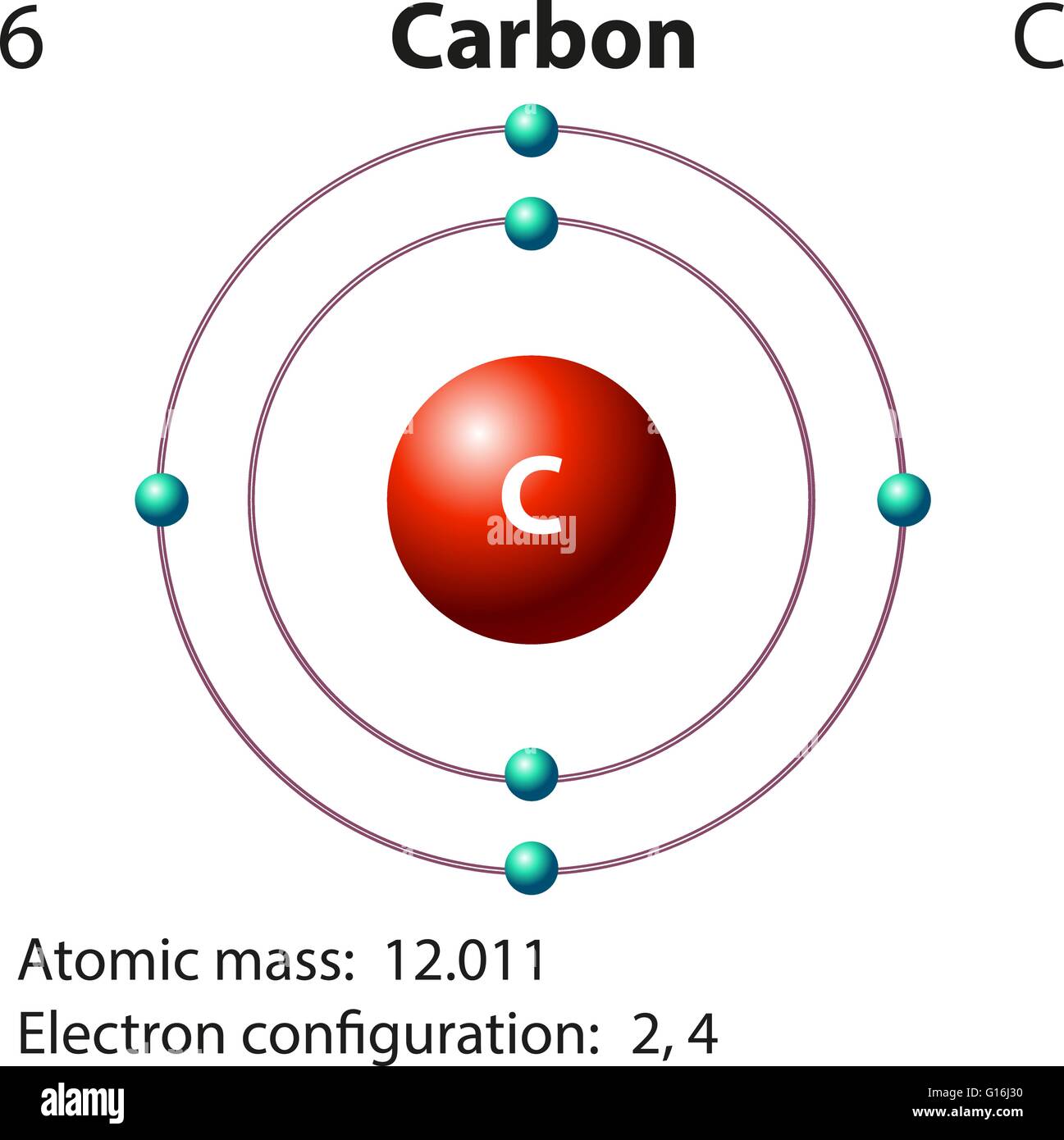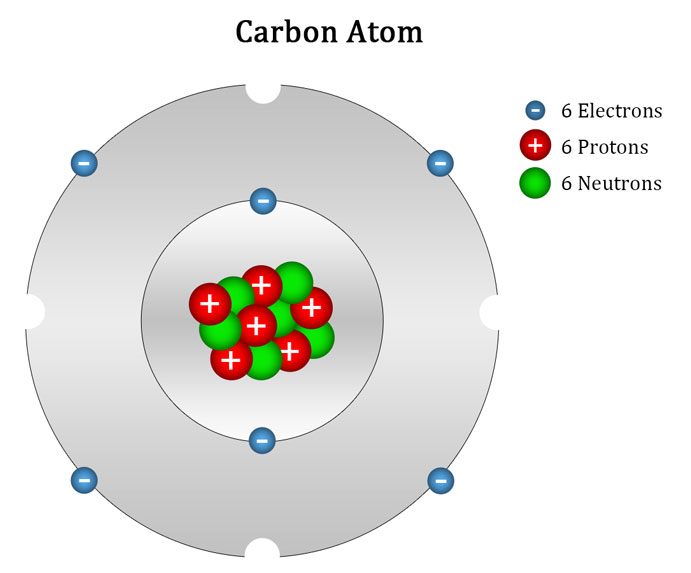What are the atomic number and the mass number of these carbon atoms? Carbon is the first element that has precisely this shape, it is made up of 12 protons in a icosahedron shape. Carbon typically shares electrons to achieve a complete valence shell, forming bonds with multiple other atoms. Web carbon (c ), as a group 14 element, has four electrons in its outer shell. And let's look at our periodic table to figure out the relative values for those.
Web we will use this information to draw the bohr model of the carbon atom. Web in this video we'll look at the atomic structure and bohr model for the carbon atom (c). Pick one of the fragments (benzene, cyclopropane, etc.) and add fragments. Web carbon (c ), as a group 14 element, has four electrons in its outer shell. Web a carbon atom is present wherever a line intersects another line.
Oxygen is more electronegative than carbon. Web carbon (from latin carbo 'coal') is a chemical element; We’ll use a bohr diagram to visually represent where the electrons are around the nucleus of the c. An isotope of uranium has an atomic number of 92 and a mass number of 235. Hydrogens that are attached to elements other than carbon are shown.
Pick one of the bond types (single, double, triple, up, down) and add or modify bonds. Web lewis structure of carbon dioxide: Web explore the interactive simulation to build and understand atoms, isotopes, and their periodic table representations at phet. Web we will use this information to draw the bohr model of the carbon atom. Hydrogens that are attached to elements other than carbon are shown. For this, we will first have to calculate the number of protons and neutrons present in this atom. Web carbon (c ), as a group 14 element, has four electrons in its outer shell. Carbon is the first element that has precisely this shape, it is made up of 12 protons in a icosahedron shape. Hydrogen atoms are omitted but are assumed to be present to complete each of carbon's four bonds. Carbon typically shares electrons to achieve a complete valence shell, forming bonds with multiple other atoms. Quantum numbers for the first four shells. Hover and click on a placed atom to place a bond. It has symbol c and atomic number 6. Web this image of a carbon atom is taken from a postsecondary chemistry textbook. It is nonmetallic and tetravalent —meaning that its atoms are able to form up to four covalent bonds due to its valence shell exhibiting 4 electrons.
Web Chemtube3D Contains Interactive 3D Chemistry Animations And Structures, With Supporting Information, For Students Studying Some Of The Most Important Topics In Advanced School Chemistry And University Chemistry Courses.
Oxygen is more electronegative than carbon. The atomic number symbolizes the number of protons in an atom. As long as it’s carbon it has six protons. For this, we will first have to calculate the number of protons and neutrons present in this atom.
Hover And Click On A Placed Atom To Place A Bond.
Web the small grey dot that follows your cursor is an atom (carbon). Web so if we ignore hydrogen, the central atom is either going to be carbon or oxygen. Each o atom starts out with six (red) electrons and c with four (black) electrons, and each bond behind an o atom and the c atom consists of two electrons from the o and two of the four electrons from the c. In the first step, we will draw the nucleus of the carbon atom.
An Isotope Of Uranium Has An Atomic Number Of 92 And A Mass Number Of 235.
The quantum mechanical model of the atom. And let's look at our periodic table to figure out the relative values for those. Carbon is the center piece of the elements because it represents the most complete and recurring geometric shape in the form of an icosahedron! Web carbon (from latin carbo 'coal') is a chemical element;
All Structures Must Begin With An Atom.
Carbon typically shares electrons to achieve a complete valence shell, forming bonds with multiple other atoms. Explore the structure and properties of carbon atoms, fundamental in organic chemistry and essential for understanding the building blocks of life. Converts the structural formula into a 3d model. Web in this video we'll look at the atomic structure and bohr model for the carbon atom (c).








